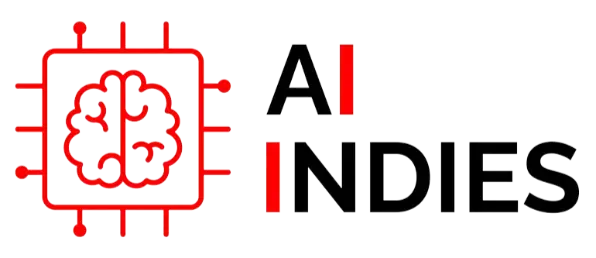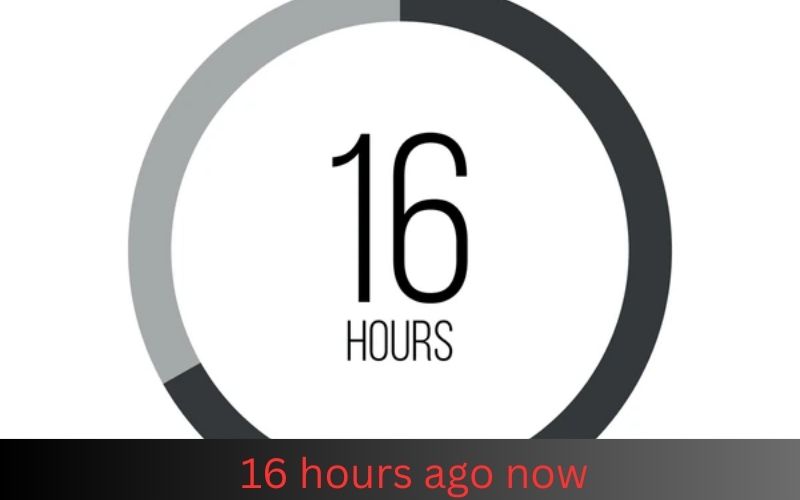16 Hours Ago Now: Understanding Time Perception in the Digital Age
In our fast-paced digital world, time has taken on a new dimension. The concept of “16 hours ago now” challenges our traditional understanding of time, inviting us to explore how technology and modern life have reshaped our perception. This blog delves into the intriguing dynamics of time in the digital age, offering fresh insights into how we experience, manage, and value time.
1. The Digital Transformation of Time
Digital technologies have revolutionized how we interact with time. The immediacy of information, the constant connectivity, and the rapid pace of communication have altered our temporal experiences. No longer confined to the rigid structure of clocks and calendars, time now flows in a more fluid, flexible manner. This transformation allows us to accomplish tasks more efficiently, but it also demands a greater degree of time management and prioritization.
2. Social Media and Time Perception
Social media platforms like Twitter, Facebook, and Instagram have significantly impacted our perception of time. The constant stream of updates creates a sense of urgency and immediacy, compressing our experience of time. A post from “16 hours ago now” can feel like it happened moments ago, blurring the lines between past and present. This phenomenon affects our attention spans, memory, and even our emotional responses to events.
3. The Impact of Instant Gratification
We can access information, purchase products, and communicate with others instantaneously. This expectation of immediate results can distort our perception of time, making us more impatient and less tolerant of delays. The “16 hours ago now” mindset emphasizes the importance of understanding and managing these expectations to maintain a healthy relationship with time.
4. Time Management in a Digital World
Effective time management has become increasingly crucial in the digital age. With the constant influx of information and distractions, prioritizing tasks and setting boundaries are essential skills. Techniques like the Pomodoro Technique, time blocking, and digital detoxing can help individuals navigate the complexities of modern time management. Embracing these strategies allows us to make the most of our time while avoiding burnout and stress.
5. The Role of Technology in Memory
Technology has also transformed how we store and recall memories. Digital devices and platforms serve as external memory aids, allowing us to offload information and access it whenever needed. This shift has implications for how we remember events and experiences. A photo or a post from “16 hours ago now” can evoke vivid memories, but it also raises questions about the authenticity and permanence of our digital memories.
6. The Influence of Work Culture
The rise of remote work and flexible schedules has further blurred the boundaries of time. The traditional 9-to-5 workday is becoming less common, with many people working at different times and from various locations. This shift necessitates a reevaluation of how we structure our workdays and manage our time. Understanding the dynamics of “16 hours ago now” can help us adapt to these changes and find a balance between work and personal life.
7. The Psychological Effects of Time Perception
Our perception of time can significantly influence our mental health and well-being. The constant pressure to be productive and the feeling of time slipping away can lead to anxiety and stress. Mindfulness practices and time management techniques can help mitigate these effects, allowing us to live more in the present moment and appreciate the time we have.
8. Time and Creativity
Creativity often thrives in an environment where time is perceived differently. The ability to lose track of time, known as “flow,” is crucial for creative endeavors. The concept of “16 hours ago now” encourages us to find moments where we can disconnect from the constant demands of the digital world and immerse ourselves in creative activities. This approach can enhance our productivity and satisfaction with our work.
9. The Future of Time Perception
As technology continues to evolve, so too will our perception of time. Emerging technologies like virtual reality, augmented reality, and artificial intelligence have the potential to further transform how we experience time. Understanding the principles of “16 hours ago now” will be essential as we navigate these changes and adapt to new temporal realities.
Conclusion
The concept of “16 hours ago now” offers a compelling framework for understanding the complexities of time perception in the digital age. As we continue to integrate technology into our daily lives, it is crucial to remain mindful of how it shapes our experience of time. By embracing effective time management strategies, fostering creativity, and maintaining a healthy relationship with technology, we can navigate the challenges of modern time perception and make the most of our precious moments.




